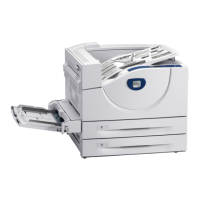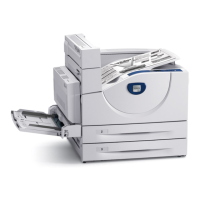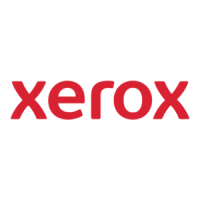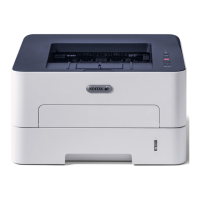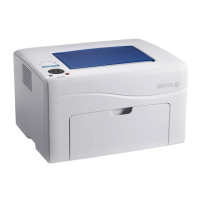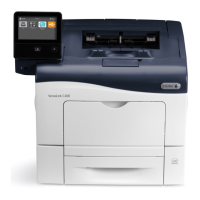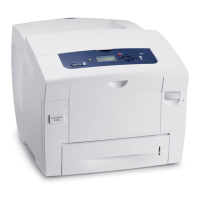• Language processors and
utilities
and applications
software for both commercial and sci
entific
users.
• Peripheral equipment includes:
• Card equipment: Reading speeds up
to
1500 cards
per minute; punching speed of 100 cards per min-
ute; intermixed binary and
EBCDIC
card codes.
• Line printers: Fully buffered with speeds up to
1250 lines per minute; 132 print positions with
character
sets containing 64 or
95
characters.
• Magnetic
tape
units:
9-track
systems, single or
dual density (1600 or
800/1600
BPI), industry-
compatible; high-speed, automatic loading units
operating
at
125 inches per second with
trans-
fer rates
up
to
200,000
bytes per second; and
at
75 inches per second
wi
th transfer rates
up
to
120,000
bytes per second.
• Rapid Access Data
(RAD)
and disk files:
RAD
capacity
of
2.9
million bytes, with a transfer
rate
of
750,000
bytes per second; disk
capa-
cities
in increments of 49 million bytes per unit
wi
th a transfer
rate
of
312,500
bytes per second.
• Keyboard printers:
10
characters
per second.
• Data communications equipment: Complete line
of
character-oriented,
message-oriented, and
procedure-oriented equipment
to
connect
remote
user terminals (including remote batch)
to
the
computer
center
via common
carrier
lines and
local terminals
directly.
STANDARD
AND
OPTIONAL
FEATURES
A basic system has the following standard features:
• A basic processor
(BP)
that
includes:
• Full instruction set
• Memory
map
with access protection
• Register blocks
(4)
• Multiplexor
Input/Output
Processor (MIOP) with:
• 16 subchannels
•
1-
or
4-byte
interface
•
Input/Output
Adapter
• Memory unit
that
includes:
• Dua I port access
• Memory write lock protection
•
A system control processor
that
inc ludes:
•
Real-time clocks
(4)
•
Internal interrupts (14)
•
Power
fail-safe
detection
•
External Control Subsystem
(ECS)
•
System Control Panel (SCP)
•
Configuration Control Panel (CCP)
•
Local and remote assist
facility
•
Error
detecti
on fac iI i ti es
•
Diagnostics
A system may have
the
following optional features:
• System Control Processor options:
•
•
Up
to
48
external priori ty interrupts (in groups
of
12)
• External Direct
Input/Output
interface
(010)
Memory options:
•
Up
to
4 additional access ports (in sets of 2).
•
Input/Output
opti ons:
• Multiple
I/O
clusters
t
•
•
Up
to 3 additional MIOPs,
each
with
16
sub-
c hanne I s, per cluster.
•
One
Input/Output
Adapter (for one MIOP)
per cluster.
GENERAL-PURPOSE
FEATURES
General-purpose
computing
applications
are
characterized
by emphasis on computation
and
internal
data
handling.
tThe
aggregate
of processor clusters is restricted by the
max-
imum
memory port limitation of 6.
Standard and Optional
Features/General-Purpose
Features 3
